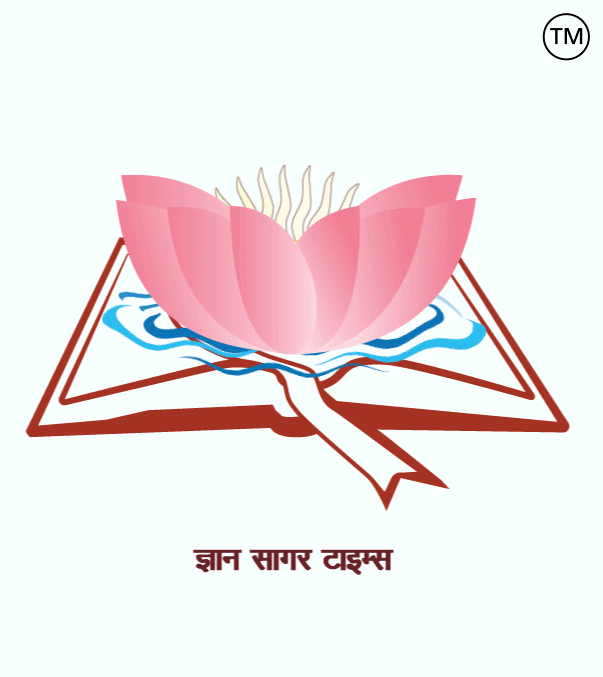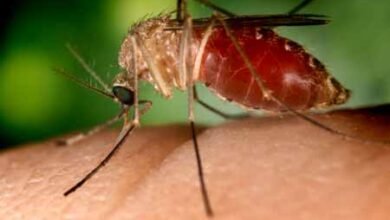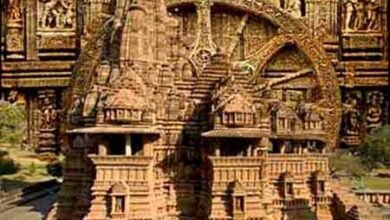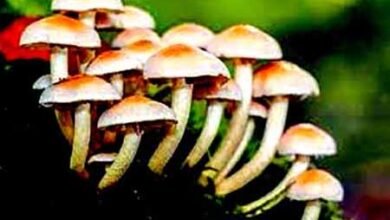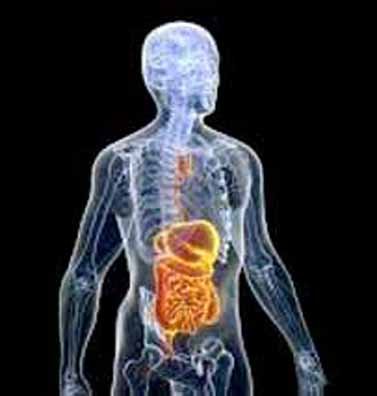
Related To Zoology -187.
|
1. Who first used the word biology? = French scientist Lamarck and German scientist Treviranus in in the year 1802. 2. Who gave the theory of mutation? = Hugo de Vries. 3. Who invented insulin? = Frederick Banting and Charles Best in the year 1921. 4. Genome mapping is related to mapping of what? = mapping of the structure and organization of chromosomes. Including location of genes and distances between them. 5. What is the study of old age called? = Gerontology. 6. Who discovered penicillin? = Alexander Fleming. 7. How many bones does a newborn baby have? = 300 bones. 8. What is the number of bones in adult human body? = 206 bones. 9. How many teeth are found in each jaw of an adult human? = 16 Teeth. 10. What is the number of chromosomes in a normal human? = 46 chromosomes. 11. Which part of the human body has the longest bone? = Femur (thigh bone). 12. How many pairs of ribs are there in the human body? = 12 pairs. 13. Which type of tissue acts as a protective covering for the body? = Epithelial tissue. 14. What are the vestigial organs in humans? = Appendix, wisdom teeth, ear muscles, tail bones (coccyx), body hair and nictitating membrane (third eyelid). 15. How many chambers are there in a human heart? = Four chambers. 16. Which blood group is universally accepted? = AB+ (AB positive). 17. The main function of white blood cells (W.B.C.) is? = Protecting the body from infections and diseases. 18. Where does blood purification take place in the human body? = Kidneys and Liver. 19. Which element is present in abundance in human body? = Oxygen. 20. Where is ‘Entamoeba histolytica’ found in the human body? = In the large intestine. 21. What is the pH value of human blood? = 7.35 to 7.45 22. Where in our body are red blood cells produced? = BONE MARROW. 23. Growth hormone is produced by? = Pituitary gland. 24. What causes abnormal growth of the thyroid gland? = Can happen due to many reasons. Such as – (iodine deficiency, thyroiditis (inflammation of the thyroid gland), and thyroid nodules). 25. Where does bile get stored? = gallbladder. 26. The part of the eye that contains the pigment hole and which determines the color of a person’s eyes? = Iris. 27. Red colour in blood is due to the presence of what? = Hemoglobin. 28. The yellow colour of urine is due to the presence of? = Urochrome. 29. What do chromosomes contain? = DNA and Proteins. 30. The main function of RBC is? = To transport oxygen from the lungs to the body tissue and organs as well as to carry carbon dioxide back to the lungs.
Dr. (Prof.) Amarendra Kumar. ============== ================ ============== जंतु विज्ञान से संबंधित-187.
1. जीव विज्ञान शब्द का प्रयोग सर्वप्रथम किसने किया था? = फ्रांसीसी वैज्ञानिक लैमार्क और जर्मन वैज्ञानिक ट्रेविरेनस ने वर्ष 1802 में किया था. 2. उत्परिवर्तन(Mutation) का सिद्धांत किसने दिया था? = ह्यूगो डी व्रीस. 3. इंसुलिन का आविष्कार किसने किया था? = फ्रेडरिक बैंटिंग और चार्ल्स बेस्ट ने वर्ष 1921 में की थी. 4. जीनोम चित्रण का सम्बन्ध किस के चित्रण से है? = गुणसूत्रों की संरचना और संगठन के चित्रण से. इसके साथ क्रोमोजोम पर जींस का लोकेशन और उनके बीच की दूरी. 5. वृद्व अवस्था के अध्ययन को क्या कहा जाता है? = जेरोन्टोलॉजी. 6. पेनिसिलिन की खोज किसने की थी? = अलेक्जेंडर फ्लेमिंग. 7. नवजात शिशु में कितनी हड्डियां होती है? = 300 हड्डियां. 8. व्यस्क मानव शरीर में हड्डियों की संख्या कितनी होती है? = 206 हड्डियां. 9. एक वयस्क मनुष्य के प्रत्येक जबडे में कितने दांत पाए जाते है? = 16 दाँत. 10. साधारण मानव में गुणसूत्रों की संख्या कितनी होती है? = 46 गुणसूत्र. 11. मानव शरीर के किस अंग की हड्डी सबसे लम्बी होती है? = फिमर (जांघ की हड्डी). 12. मानव शरीर में पसलियों के कितने जोड़े होते हैं? = 12 जोड़े. 13. किस प्रकार के ऊतक शरीर के सुरक्षा कवच का कार्य करते हैं? = उपकला ऊतक (Epithelial tissue). 14. मनुष्य में अवषेशी अंग क्या है? = अपेंडिक्स, अक्ल दाढ़ (विजडम टीथ), कान की मांसपेशियां, पूंछ की हड्डियां (कोक्सीक्स), शरीर के बाल और नेक्टिटेटिंग झिल्ली (तीसरी पलक). 15. मानव हृदय में कक्षों की संख्या कितनी होती है? = 04 कक्ष. 16. सर्वग्राही कौन सा ब्लड ग्रुप होता है? = AB+ (एबी पॉजिटिव). 17. सफ़ेद रक्त कण (W.B.C.) का मुख्य कार्य होता है? = शरीर को संक्रमण और बीमारियों से बचाना. 18. मानव शरीर में रक्त का शुद्धीकरण कहाँ होता है? = गुर्दे (किडनी) और लीवर (जिगर). 19. मानव शरीर में प्रचुर मात्रा में कौन-सा तत्व होता है? = ऑक्सीजन. 20. मनुष्य के शरीर में ‘एण्टअमीबा हिस्टोलिटिका’ कहाँ पाया जाता है? = बड़ी आंत में. 21. मानव रक्त का PH मान कितना होता है ? = 7.35 से 7.45. 22. लाल रक्त कणिकाओं का निर्माण हमारे शरीर में कहां पर होता है? = अस्थिमज्जा 23. वृद्धि कर हार्मोन बनाया जाता है? = पिट्यूटरी ग्रंथि. 24. थायराइड ग्रंथि की असामान्य वृद्धि किसके कारण होती है? = कई कारणों से हो सकता है. जैसे – (आयोडीन की कमी, थायराइडाइटिस (थायराइड ग्रंथि की सूजन), और थायराइड नोड्यूल). 25. पित्त ( Bile) जमा होता है? = पित्ताशय में. 26. आँख का वह भाग जिसमें वर्णांक होल होता है तथा जो किसी व्यकित की आँखों का रंग निश्चित करता है? = आइरिस. 27. रक्त में लाल रंग किसकी उपस्थिति के कारण होता है? = हीमोग्लोबिन. 28. मूत्र का पीला रंग किसकी मौजूदगी के कारण होता है? = यूरोक्रोम. 29. गुणसूत्र में क्या होता हैं? = डीएनए (DNA) और प्रोटीन. 30. RBC का मुख्य कार्य है? = फेफड़े (Lungs) से ऑक्सीजन को शरीर के उत्तकों और अंगों तक पहुंचाना तथा कार्बन डाइऑक्साइड को वापिस फेफड़े तक पहुंचाना.
डॉ. (प्रो.) अमरेन्द्र कुमार.
|

